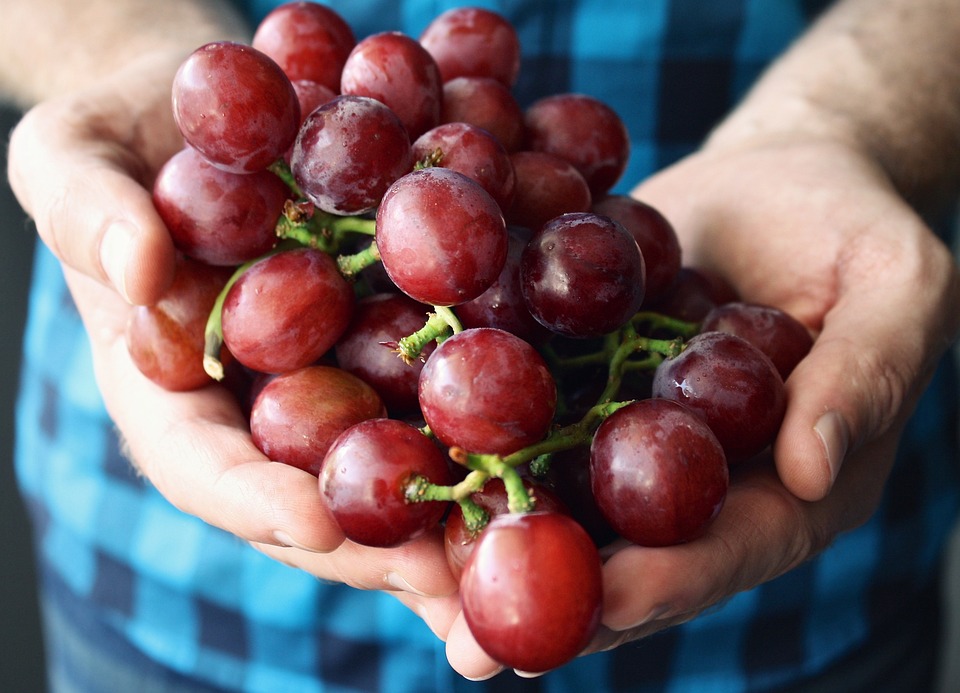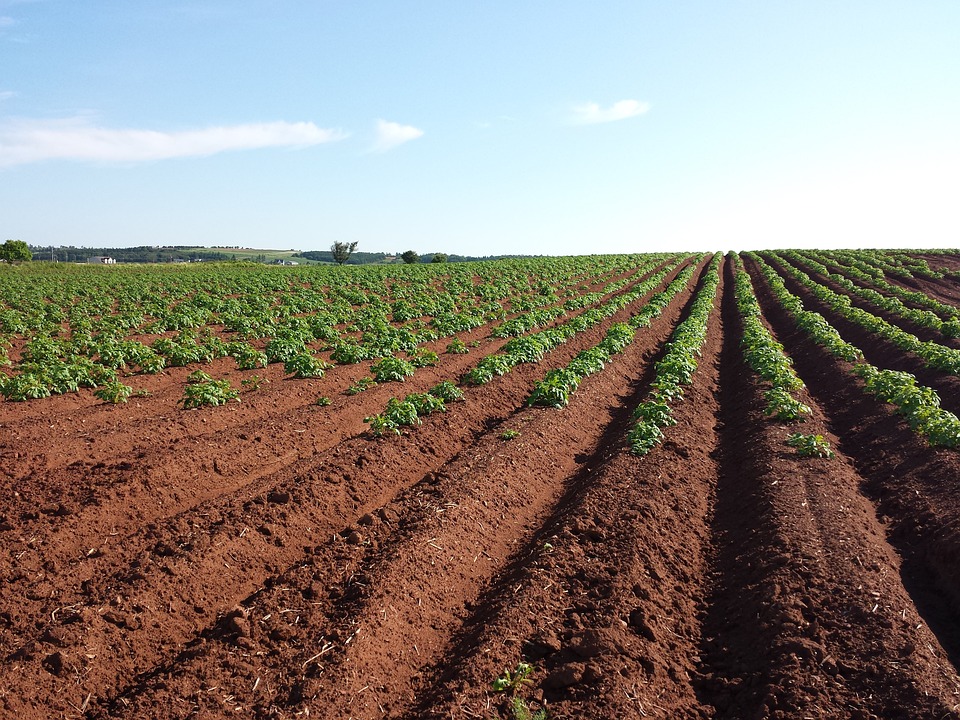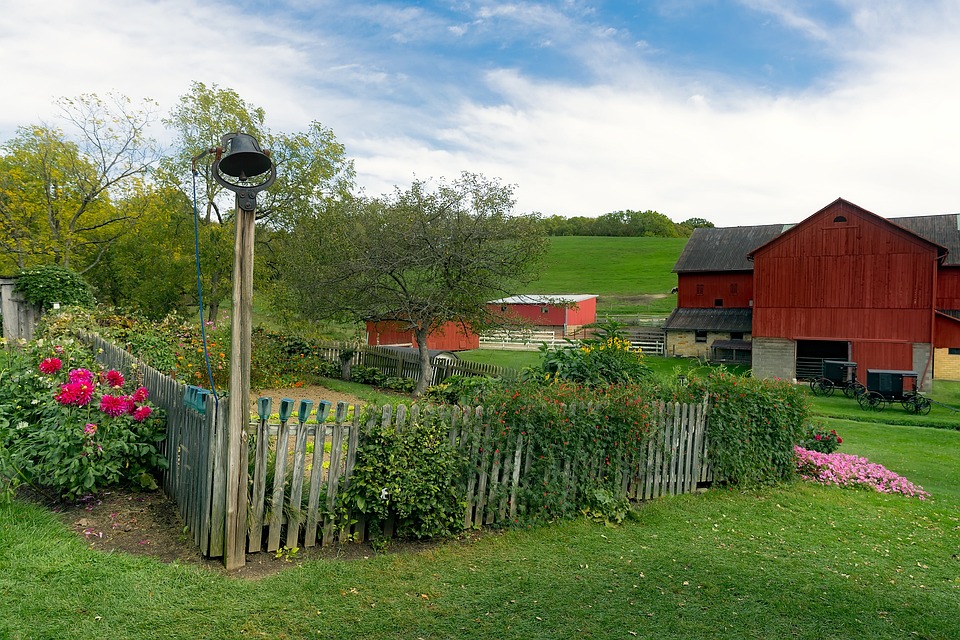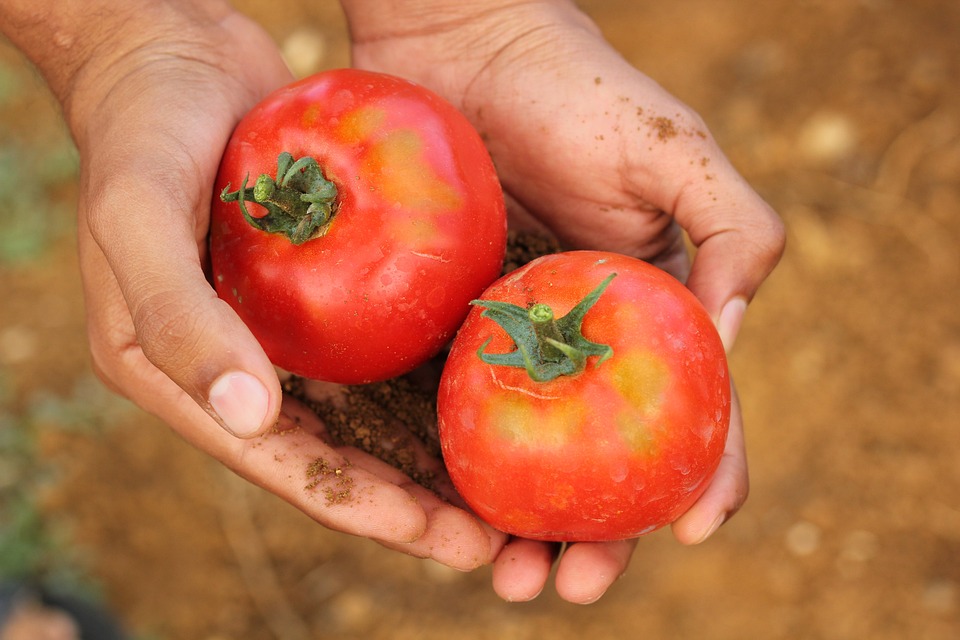Agricultural Revolution: Harnessing the Potential of Sustainable Farming for Long-term Prosperity
The Agricultural Revolution has brought about incredible advancements in farming and agriculture techniques, but it has also come with its fair share of challenges and environmental consequences. As someone who has spent years living off the grid and embracing sustainable farming practices, I’ve witnessed firsthand the potential and long-term prosperity that comes with harnessing the power of sustainable farming. Sustainable farming not only allows us to produce high-quality, organic food, but it also helps us to preserve the environment and create a more sustainable future for generations to come. Sustainable farming is all about working with nature, rather than against it. It involves using techniques that have minimal impact on the environment, as well as practices that promote soil health and biodiversity. This approach to farming is not only beneficial for the planet, but it also creates long-term prosperity for the farmers and communities who embrace it. One of the key principles of sustainable farming is soil health. Healthy soil is the foundation of sustainable agriculture, as it provides essential nutrients for crops and helps to sequester carbon from the atmosphere. By focusing on building and maintaining healthy soil, sustainable farmers are able to produce high-quality crops without relying on synthetic fertilizers and other harmful chemicals. In addition to focusing on soil health, sustainable farming also emphasizes the importance of biodiversity. By planting a diverse range of crops and incorporating native plants into their farms, sustainable farmers are able to create thriving ecosystems that support a wide variety of wildlife. This not only increases the overall resilience of the farm, but it also helps to create a more balanced and harmonious relationship with the natural world. The rise of sustainable farming techniques has also brought about a renewed focus on regenerative agriculture. This approach to farming goes beyond sustainability and seeks to restore and enhance the health of the land. By implementing practices such as cover cropping, crop rotation, and agroforestry, regenerative farmers are able to improve soil health, increase biodiversity, and sequester more carbon from the atmosphere. This not only benefits the environment, but it also creates long-term prosperity for farmers by improving the overall productivity and resilience of their land. Another exciting aspect of sustainable farming is the potential for small-scale farmers to thrive in the modern agricultural landscape. By focusing on niche markets and direct-to-consumer sales, sustainable farmers are able to bypass the traditional challenges of the industrial food system and connect directly with their customers. This not only allows farmers to receive a fair price for their products, but it also creates a more transparent and equitable food system for everyone involved. In order to harness the potential of sustainable farming for long-term prosperity, it’s important for farmers and communities to come together to support and promote these practices. This can be done through educational initiatives, policy changes, and consumer education. By raising awareness about the benefits of sustainable farming and advocating for policies that support these practices, we can create a more sustainable and prosperous future for agriculture. Pro Tips: – Start small and build gradually: Sustainable farming is a journey, not a destination. Start with a small garden or plot of land and gradually expand as you become more comfortable with the techniques and practices involved. – Connect with other sustainable farmers: Building a community of like-minded individuals can provide invaluable support, guidance, and inspiration as you embark on your sustainable farming journey. – Embrace innovation: Sustainable farming is a dynamic and evolving field, so be open to new ideas and techniques that can help you improve your practices and increase the long-term prosperity of your farm.










